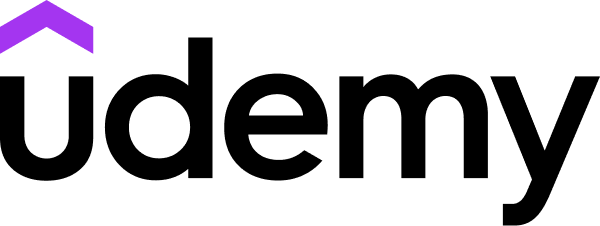LinkedIn Learning
Free Trial Available
English
Certificate Available
1-2 hours worth of material
selfpaced
Overview
Learn how to build interactive electronics with the Arduino microcontroller and components such as LCD screens, LEDs, and keypads.
Arduino enables programmers to experiment with hardware and build interactive, digital projects connected to lights, sensors, and motors. This training course introduces you to the Arduino microcontroller, showing how to interface with three common components: an LCD screen, a seven-segment LED, and a keypad. Instructor Zahraa Khalil shows how to wire and program the interfaces and perform basic tasks: displaying randomized numbers, looping through an LED pattern, and accepting input from the keypad. The course is filled with zoomed-in, hands-on demonstrations that show how to complete the physical wiring, as well as tutorials that take you through high-level Arduino concepts and practical coding techniques. Follow along to learn how to create your own electronics with this popular maker tech platform.
Arduino enables programmers to experiment with hardware and build interactive, digital projects connected to lights, sensors, and motors. This training course introduces you to the Arduino microcontroller, showing how to interface with three common components: an LCD screen, a seven-segment LED, and a keypad. Instructor Zahraa Khalil shows how to wire and program the interfaces and perform basic tasks: displaying randomized numbers, looping through an LED pattern, and accepting input from the keypad. The course is filled with zoomed-in, hands-on demonstrations that show how to complete the physical wiring, as well as tutorials that take you through high-level Arduino concepts and practical coding techniques. Follow along to learn how to create your own electronics with this popular maker tech platform.
Introduction
- Open up your digital world with Arduino
- What you should know before watching
- The devices used
- Introduction to the liquid crystal display (LCD)
- Understanding HD4470 controller
- The LCD interface
- Wire up the LCD
- Coding the LCD interface
- Optional review: Understanding "for" loops
- Optional review: Understanding arrays
- Displaying random numbers and scrolling
- Overview of the 7-segment LED
- The 7-segment LED component
- 7-segment LED display types
- Checking a 7-segment LED type
- Wiring up the 7-segment LED
- Cycle through each LED directly
- Cycle through LEDs with a for loop
- Understanding the 7-segment LED truth table
- Coding 7-segment display showing numbers
- Understanding the shift register
- MC74HC595A shift register overview
- Wire up the input and clock signals
- Wire up the signals for VCC and GND
- Wire up the 7-segment LED
- Initializing pins for the shift register
- The shiftOut command
- Introduction to the keypad interface
- Wiring up the keypad
- Optional review: IF statement
- Optional review: The switch...case statement
- Understanding two-dimensional arrays
- Setup the keypad library
- HelloKeypad
- Using the keypad with LEDs
- Combine the keypad and 7-segment LED
- Combine them all: LCD + keypad + LED
- Next steps
Syllabus
Introduction
- Open up your digital world with Arduino
- What you should know before watching
- The devices used
- Introduction to the liquid crystal display (LCD)
- Understanding HD4470 controller
- The LCD interface
- Wire up the LCD
- Coding the LCD interface
- Optional review: Understanding "for" loops
- Optional review: Understanding arrays
- Displaying random numbers and scrolling
- Overview of the 7-segment LED
- The 7-segment LED component
- 7-segment LED display types
- Checking a 7-segment LED type
- Wiring up the 7-segment LED
- Cycle through each LED directly
- Cycle through LEDs with a for loop
- Understanding the 7-segment LED truth table
- Coding 7-segment display showing numbers
- Understanding the shift register
- MC74HC595A shift register overview
- Wire up the input and clock signals
- Wire up the signals for VCC and GND
- Wire up the 7-segment LED
- Initializing pins for the shift register
- The shiftOut command
- Introduction to the keypad interface
- Wiring up the keypad
- Optional review: IF statement
- Optional review: The switch...case statement
- Understanding two-dimensional arrays
- Setup the keypad library
- HelloKeypad
- Using the keypad with LEDs
- Combine the keypad and 7-segment LED
- Combine them all: LCD + keypad + LED
- Next steps
Taught by
Zahraa Khalil

